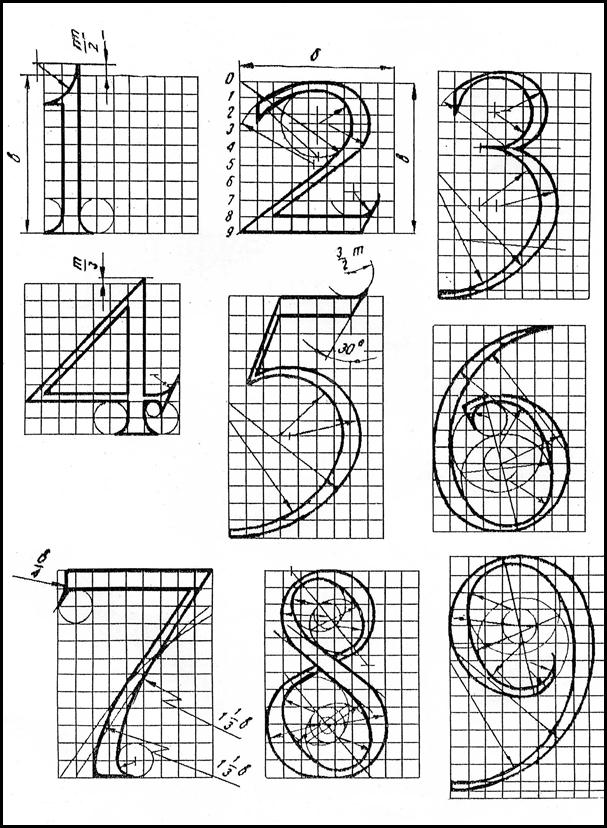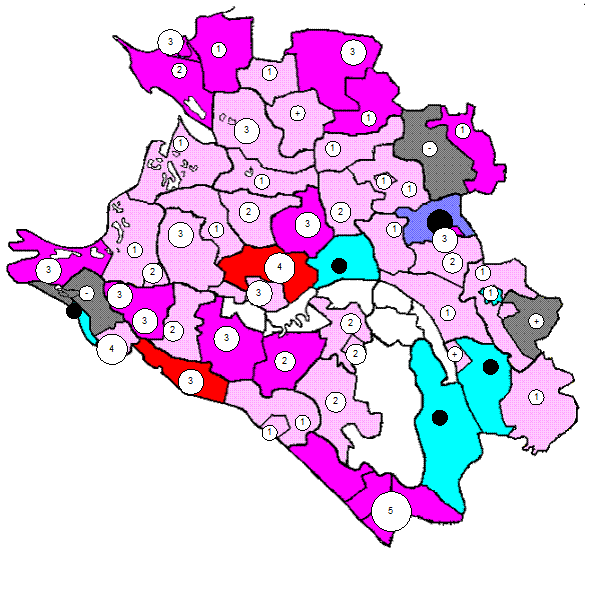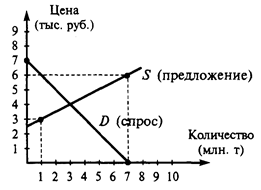| 1. p - n-переход
| 20. p-n junction
|
| 2. alignment
| 29. выравнивание; совмещение
|
| 3. alternate layers
| 52. чередующиеся слои
|
| 4 amplification
| 51. усиление,
|
| 5 capture
| 31. захват
|
| 6 cavity
| 47. резонатор
|
| 7 coat
| 49. слой;
|
| 8 continuous power
| 40. непрерывно получаемая энергия
|
| 9 conventional
| 50. стандартный, общеприняты
|
| 10 directionality
| 39. направленность
|
| 11 divergence
| 46. расходимость
|
| 12 dopant
| 37. легирующая примесь
|
| 13. dye lasers
| 34. лазер на красителе
|
| 14 excited state
| 28. возбужденное состояние
|
| 15 15. fibre-optic laser
| 35. лазер оптоволоконный
|
| 16 ground state
| 42. основное состояние
|
| 17 lase
| 32. излучать когерентный свет,
|
| 18 nudge
| 41. подталкивать
|
| 19 output mirror
| 30. выходное зеркало
|
| 20. p-n junction
| 20. p - n-переход
|
| 21 21. population inversion
| 33. инверсия населенностей
|
| 22 pumping
| 38. накачка, возбуждение
|
| 23 resonate
| 48. резонировать
|
| 24. solid angle
| 44. пространственный угол
|
| 25 spatial
| 43. пространственный
|
| 26 26. splitting
| 45. разделение, разложение
|
| 27 27. wavelength-tunable laser
| 36. лазер с перестройкой длины волны
|
5. The words given in A are mentioned in the text “ Luminescence ”. Find their definitions in B and translate them into Russian.
A B
| 1 Phosphors
| 2 the state of an atom or molecule, when it has a higher energy level than its ground state.
|
| 2 Excitation
| 5 the state of a system in its lowest energy level.
|
| 3 Luminescence
| 4 light emission connected with electronic transitions between levels of like multiplicity.
|
| 4 Fluorescence
| 6 light emission caused by electronic transitions between levels of different multiplicity.
|
| 5 Ground state
| 1 certain microcrystalline luminescent materials.
|
| 6 Phosphorescence
| 3 is emission of light by certain materials when they are relatively cool.
|
6. Find the derivatives of the following words in the text. Pay attention to the suffixes or prefixes used to form them.
To excite (excitation), to emit (emission), to develop, to amplify (amplification), to induce, gas (gaseous), to coat, to align, to diverge, coherence, to prepare, to cut, to pump (pumping), to find (findings), to require, to apply.
7. Find the pairs of antonyms in the box given below.
| A
| B
|
| to absorb
| to separate
|
| to accept
| to follow
|
| to connect
| to refuse
|
| to lead
| to leak
|
| | | |
8. Column A contains the words that are given in bold type in the texts ”Luminescence”and “Lasers”. Their synonyms are mentioned in column B. Find and name these pairs of synonyms. Pay attention that the forms of the words in the text may differ from those in the table.
| A
| B
| A
| B
|
| 1 to derive from
вывести из
| 17 to name, to designate
| 10 to adapt
| to circle, to revolve
|
| 2 to hope
| to discharge, to eject
| 11 to mean
означать
| to indicate, to denote
|
| 3 to lift
| to receive, to obtain, to get
| 12 to exhibit
| to include, to be composed of
|
| 4 to nudge
| to desire, to expect
|
to bound
| to modify, to adjust, to fit
|
| 5 to define
| to raise, to elevate
| 14 to operate
управлять
| to show, to display, to demonstrate
|
| 6 to orbit
| to limit
| 15 to cause
вызывать
| to explain, to designate
|
| 7 to depend on
| To work, to function
| 16 to observe
наблюдать
| to rely on
|
| 8 to contain
| to originate
| 17 to call
| 18 to happen, to take place
|
| 9 to emit
| to see, to notice, to watch
| 18 to occur
происходить
| to push
|
9. The verbs and expressions given below are used with certain postpositions in the texts “Luminescence” and “Lasers”. Find the sentences in the texts where they are mentioned, name them and give their translation.
to result..., to depend on, to be connected …, because of, to be due to, to derive …, to lead to, to refer to …, to leak …, to be compared …, to be responsible....
 READING
READING
10. Read the text and fulfill the tasks given in Comprehension check.
 Luminescence is emission of light by certain materials when they are relatively cool. It is in contrast to light emitted from incandescent bodies, such as burning wood or coal, molten iron, and wire heated by an electric current. Luminescence may be seen in neon and fluorescent lamps; television, radar, organic substances, certain pigments used in outdoor advertising; and also natural electrical phenomena such as lightning. In all these phenomena, light emission does not result from the material being above room temperature, and so luminescence is often called cold light.
Luminescence is emission of light by certain materials when they are relatively cool. It is in contrast to light emitted from incandescent bodies, such as burning wood or coal, molten iron, and wire heated by an electric current. Luminescence may be seen in neon and fluorescent lamps; television, radar, organic substances, certain pigments used in outdoor advertising; and also natural electrical phenomena such as lightning. In all these phenomena, light emission does not result from the material being above room temperature, and so luminescence is often called cold light.
Although lightning and the dim light of glowworms and of fungi have always been known to mankind, the first investigations (1603) of luminescence began with a synthetic material, when Vincenzo Cascariolo, an alchemist in Bologna, Italy, heated a mixture of barium sulfate and coal; the powder obtained after cooling exhibited a bluish glow at night, and Cascariolo observed that this glow could be restored by exposure of the powder to sunlight. The name lapis solaris, or “sunstone,” was given to the material because alchemists at first hoped it would transform metals into gold, the symbol for gold being the Sun. The pronounced afterglow aroused the interest of many learned men of that period, who gave the material other names, including phosphorus, meaning“light bearer,” which thereafter was applied to any material that glowed in the dark.
One of the first scientific investigations of the luminescence was performed in 1672 by Robert Boyle, an English scientist.
Today, the name phosphorus is used for the chemical element only, whereas certain microcrystalline luminescent materials are called phosphors. Cascariolo’s phosphor evidently was a barium sulfide; the first commercially available phosphor (1870) was “Balmain’s paint,” a calcium sulfide preparation. In 1866 the first stable zinc sulfide phosphor was described. It is one of the most important phosphors in modern technology.

 READING
READING  Luminescence is emission of light by certain materials when they are relatively cool. It is in contrast to light emitted from incandescent bodies, such as burning wood or coal, molten iron, and wire heated by an electric current. Luminescence may be seen in neon and fluorescent lamps; television, radar, organic substances, certain pigments used in outdoor advertising; and also natural electrical phenomena such as lightning. In all these phenomena, light emission does not result from the material being above room temperature, and so luminescence is often called cold light.
Luminescence is emission of light by certain materials when they are relatively cool. It is in contrast to light emitted from incandescent bodies, such as burning wood or coal, molten iron, and wire heated by an electric current. Luminescence may be seen in neon and fluorescent lamps; television, radar, organic substances, certain pigments used in outdoor advertising; and also natural electrical phenomena such as lightning. In all these phenomena, light emission does not result from the material being above room temperature, and so luminescence is often called cold light.


